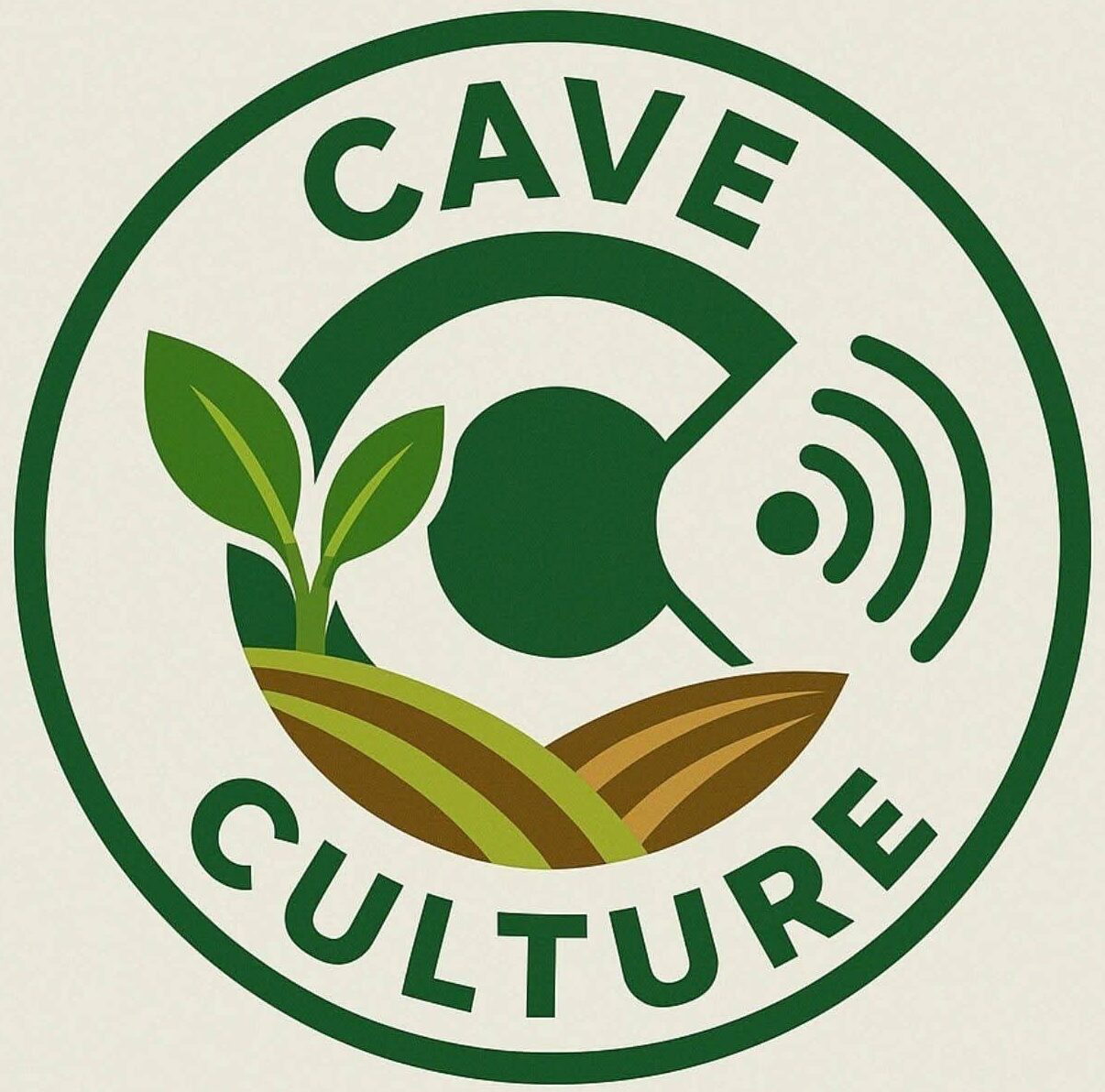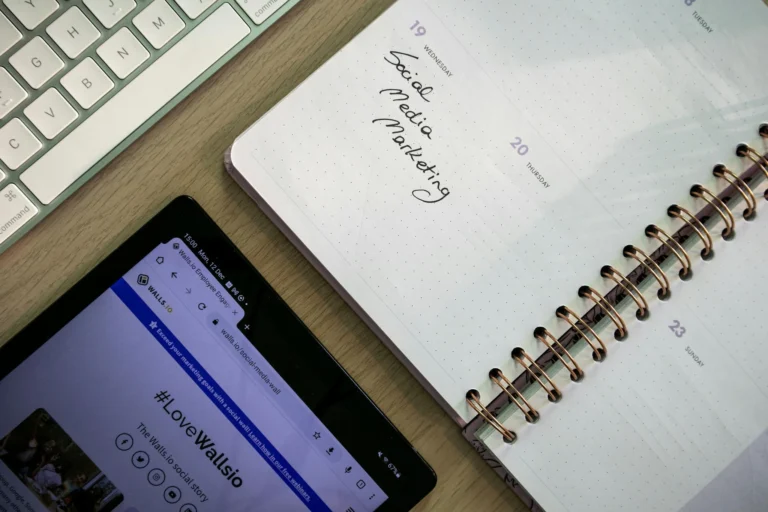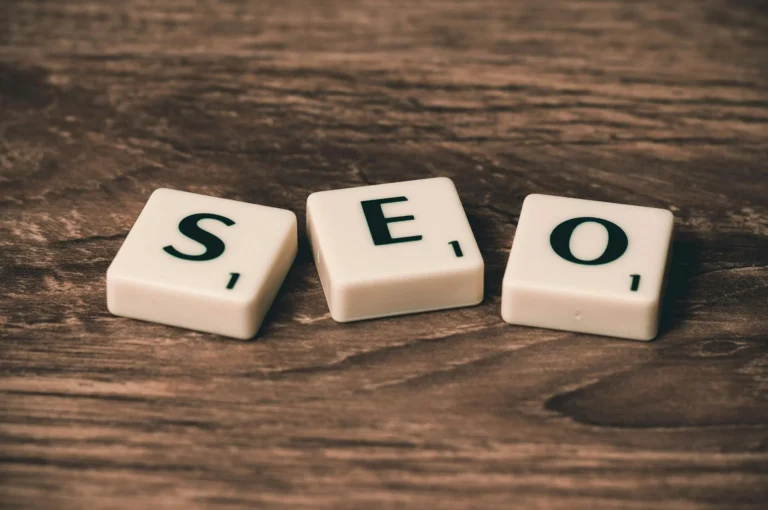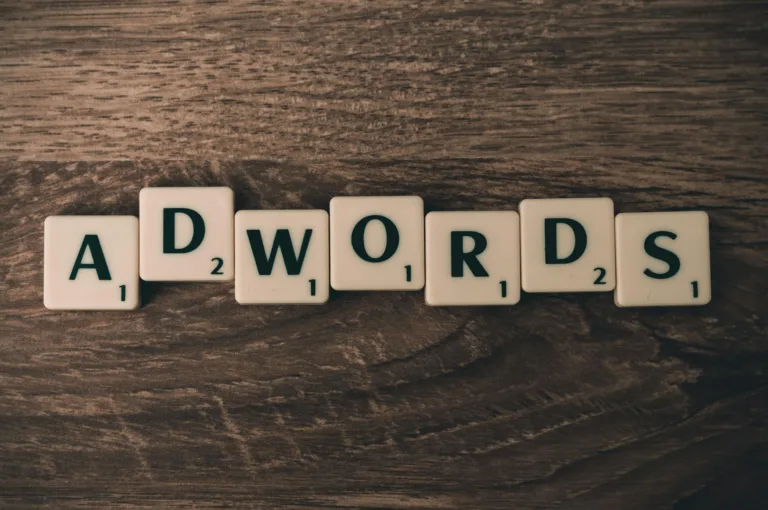Online Advertising Explained: How to Maximize ROI Across Meta & Google
Introduction
Online advertising is no longer optional, it’s the heart of modern business growth. Whether you run a small local shop or an e-commerce brand, understanding the difference between boosting a post and creating a targeted ad campaign can make all the difference in your results.
When used correctly, Meta (Facebook & Instagram) Ads and Google Ads can drive more than just clicks, they can generate real sales, high-quality leads, and brand relevance all year round, especially when strategically planned for seasonal peaks.
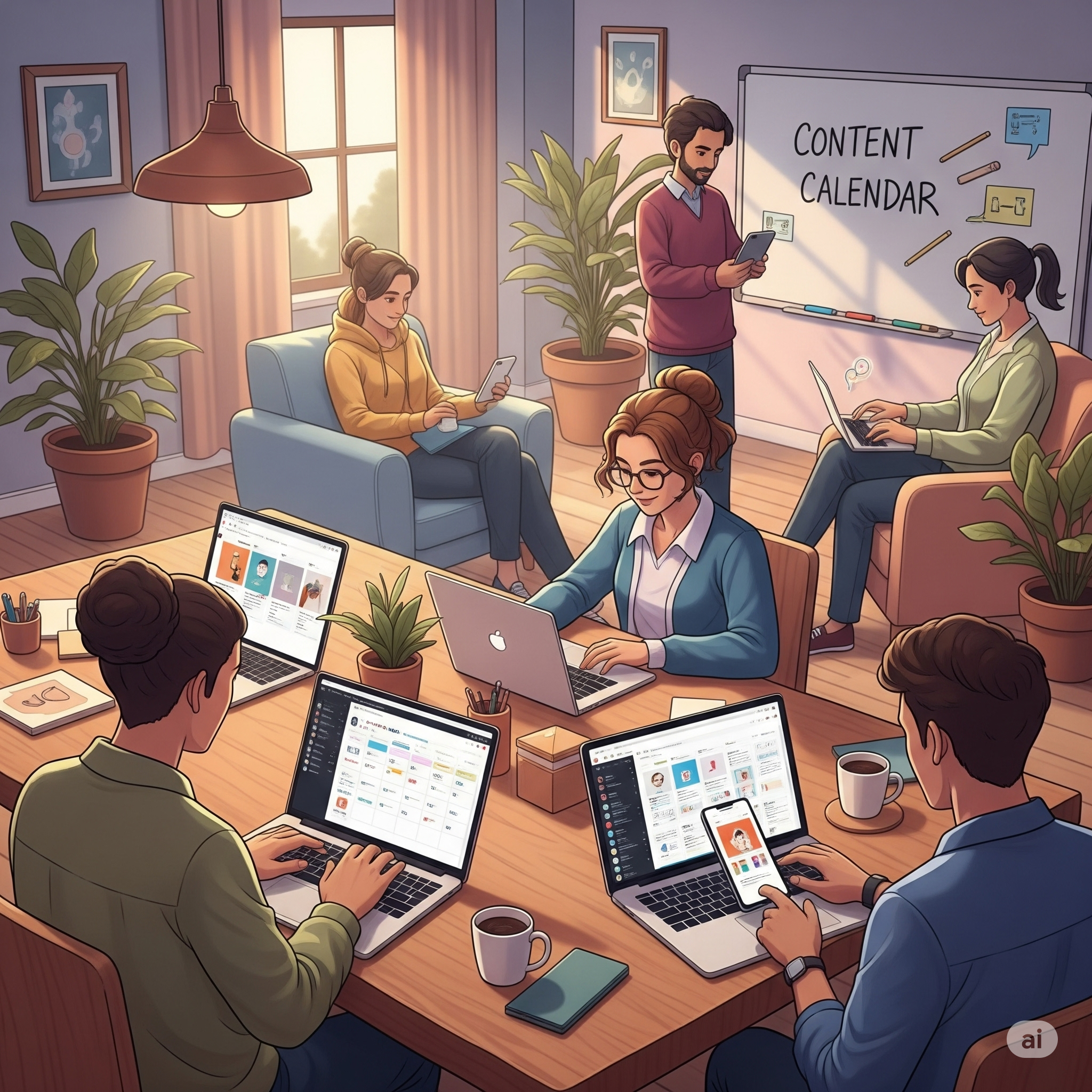
Boosting a Post vs. Creating Ads – The Key Differences
1. Boosting a Post
- Purpose: Quick visibility for an existing post.
- Targeting: Limited targeting options (age, gender, location, interests).
- When to Use:
- For brand awareness
- To promote content to a wider audience quickly
- To increase engagement on a specific post (likes, shares, comments)
- Downside: Less control over campaign objectives and optimization.
2. Creating Ads (via Ads Manager)
- Purpose: Full control over advertising goals, targeting, and placement.
- Targeting: Highly detailed demographics, behaviors, lookalike audiences, retargeting, and custom conversions.
- When to Use:
- To generate sales, leads, or website traffic
- To run remarketing campaigns
- To test multiple creatives and audiences for best performance
- Upside: Better analytics, ROI tracking, and budget control.
Understanding Campaigns, Ad Sets, and Ads
1. Campaigns – The overall goal (e.g., awareness, traffic, conversions).
2. Ad Sets – The audience targeting, placement, schedule, and budget.
3. Ads – The creative elements (images, videos, headlines, copy).
This structure allows you to test multiple audiences and creatives to see what performs best, improving ROI over time.
The Seasonal Potential of Online Advertising
When strategically planned, online ads can align with seasonal trends such as:
- Back-to-School Promotions
- Black Friday & Holiday Sales
- Local Festivals or Events
- Special Dates (Valentine’s Day, Mother’s Day, etc.)
By tailoring ads for specific seasons:
- Sales can spike by 30–70% during peak periods.
- Ad relevance increases, lowering cost-per-click (CPC).
- You stay top-of-mind when customers are most ready to buy.
Using Meta & Google Ads Together for Maximum Impact
- Meta Ads → Great for building brand awareness, engagement, and remarketing to people who’ve shown interest.
- Google Ads → Perfect for reaching high-intent customers actively searching for your product/service.
Example Strategy:
- Run Meta Ads to create awareness and interest.
- Retarget these warm audiences with Google Search Ads when they’re ready to purchase.
Why Managing Online Ads Requires Skill
Online advertising is more than pressing “Boost.” It involves:
- Understanding analytics and metrics
- Running A/B tests for better performance
- Crafting high-converting ad creatives
- Adjusting strategies based on seasonality and trends
Without the right skills, you risk wasting budget on campaigns that don’t convert. That’s why partnering with an experienced digital marketing team can make a big difference in sales, traffic, engagement, and ROI.
Conclusion
Boosting a post might give you quick visibility, but a well-planned ad campaign across Meta and Google can give you consistent growth and profitability. By leveraging seasonal opportunities and understanding how to use each platform’s strengths, you can turn clicks into customers.
If you want to maximize your online advertising potential without the trial-and-error headache, Cave Culture can build and manage campaigns that work for your business goals.
